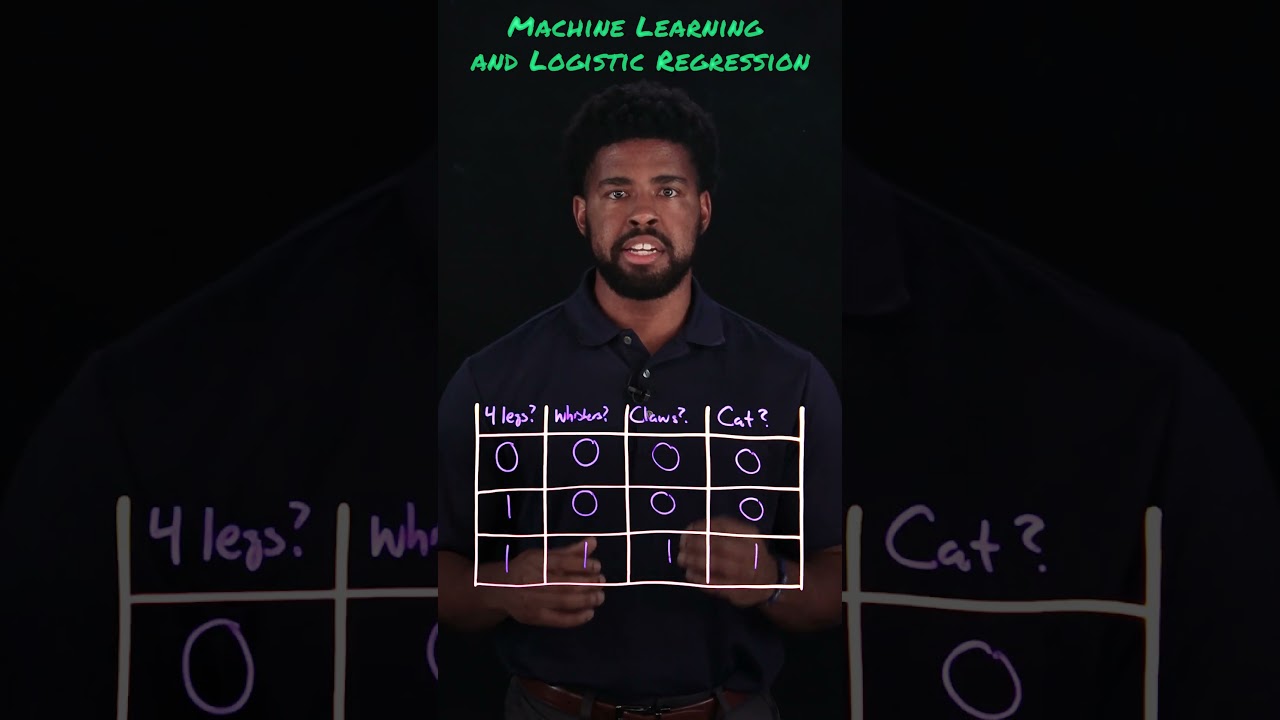Logistic regression is a key machine learning technique for binary classification, utilizing the sigmoid function to predict probabilities and establish a decision boundary between two categories. Its simplicity, interpretability, and efficiency make it an excellent starting point for beginners in supervised learning, while also providing insights into feature importance.
Logistic regression is a fundamental technique in machine learning, particularly suited for binary classification problems. It is designed to predict the probability that a given data entry belongs to one of two distinct categories. This makes it an excellent starting point for those exploring supervised machine learning methods, especially when the goal is to classify data into two groups.
At the core of logistic regression is the sigmoid function, which plays a crucial role in transforming the output of a linear combination of input features. The sigmoid function maps any real-valued number into a range between zero and one, effectively allowing the model to output probabilities. This characteristic is essential for binary classification, as it provides a clear interpretation of the likelihood that a data point falls into one category versus the other.
The decision boundary is another important concept in logistic regression. It represents the threshold that separates the two classes in the feature space. By analyzing the decision boundary, one can determine how the model classifies new data entries based on their features. The position and shape of this boundary are influenced by the weights assigned to the input features during the training process.
Logistic regression is particularly advantageous due to its simplicity and interpretability. It requires fewer computational resources compared to more complex models, making it accessible for beginners in machine learning. Additionally, the coefficients obtained from the logistic regression model can provide insights into the importance of each feature in predicting the outcome, which is valuable for understanding the underlying data.
In summary, logistic regression serves as a powerful tool in the machine learning toolkit for binary classification tasks. Its use of the sigmoid function to output probabilities, the establishment of a decision boundary, and its interpretability make it an ideal choice for those new to supervised learning. As a foundational technique, it lays the groundwork for understanding more advanced machine learning algorithms.
